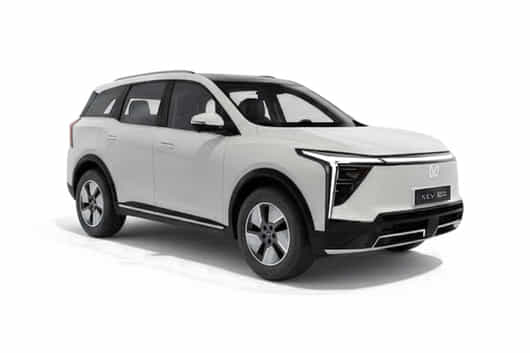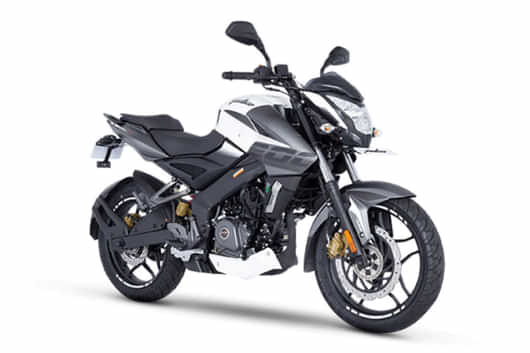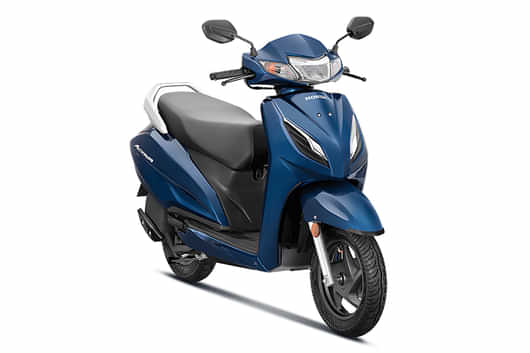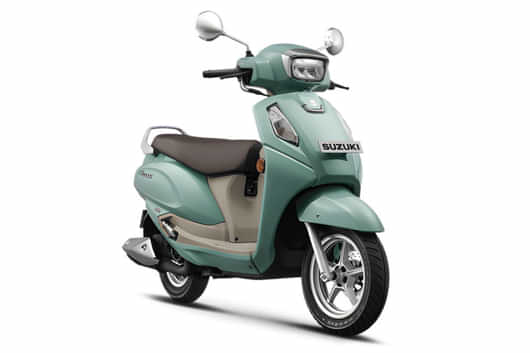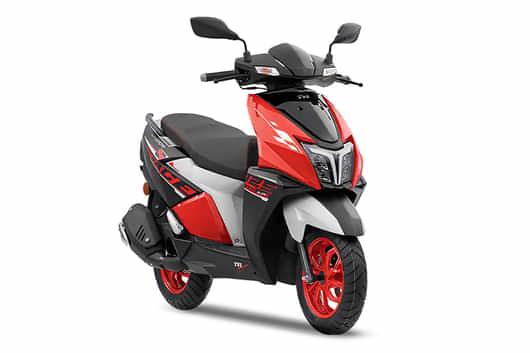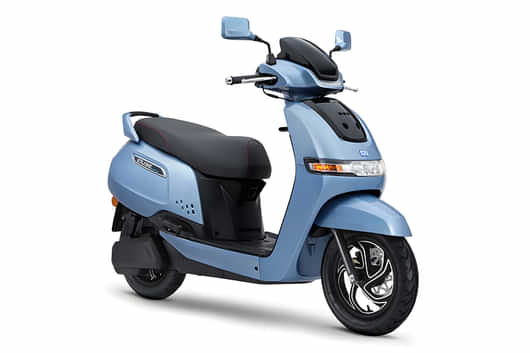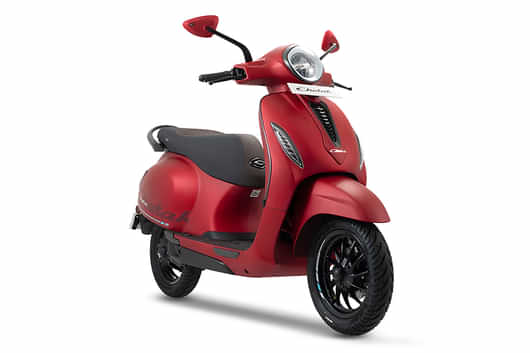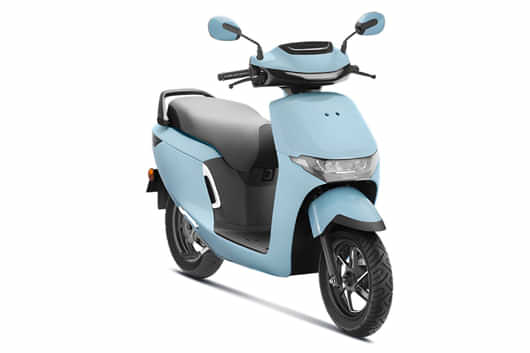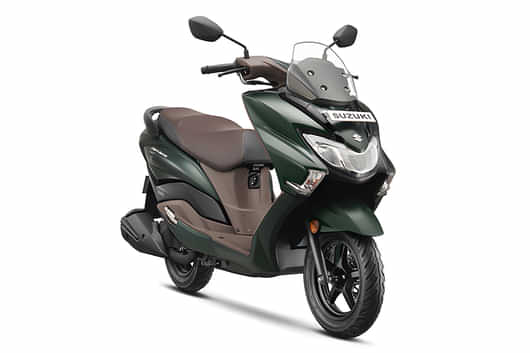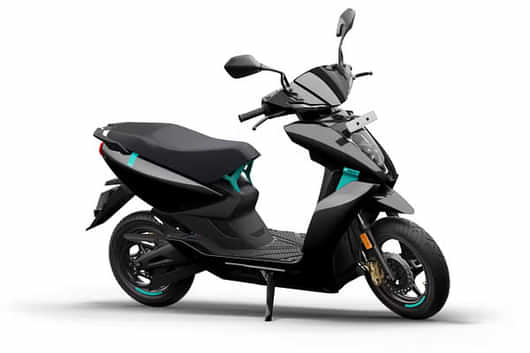
Key Highlights
- Parallel parking is the act of parking your car in a space that is parallel to the curb.
- Learn the steps involved in this parking technique.
- With a little practice and safety measures, anyone can learn how to parallel park.
Parallel parking is a challenging but essential driving skill. It can be difficult to master, but it's a skill that can save you a lot of time and frustration when you're trying to find a parking spot in a crowded city.
In this article, we'll teach you everything you need to know about parallel parking. We'll start by explaining what parallel parking and it's parking dimensions. Then, we'll show you the steps involved in parallel parking, step-by-step. Finally, we'll give you some safety measures to help you to park more easily.
So whether you're a new driver or you're just looking to brush up on your parking skills, read on!
What is Parallel Parking?

Parallel parking is a technique used to park a car in a space that is parallel to the curb. It is a common skill that is tested on driving exams in many countries. This kind of parking can be difficult for some people, but with practice, it can be mastered.
What is Parallel Parking Dimensions?
Parallel parking dimensions are the measurements of a parallel parking space. It vary from country to country, depending on a number of factors, including the average size of cars, the width of streets, and the amount of available parking space.
In India, the general dimensions of a parallel parking space are 2.5 meters (8 feet 2 inches) wide and 5 meters (16 feet 4 inches) long. This is to accommodate the average size of cars in India, which are smaller than cars in many other countries. The dimensions also allow for enough space for drivers to maneuver their cars into and out of the space safely.
In the UK, the minimum dimensions of this parking space are 2.4 meters wide by 4.8 meters long. This is slightly smaller than the dimensions in India, but it is still large enough to accommodate most cars. The narrower width of the spaces is due to the fact that streets in the UK are typically narrower than streets in India.
The difference in parking dimensions between countries can also be attributed to the amount of available parking space. In countries with limited parking space, such as Japan and Singapore, this parking spaces are typically smaller than in countries with more available parking space, such as the United States and Canada.
Here are some of the reasons why there is a difference in parallel parking dimensions in different countries:
Average size of cars:
The average size of cars varies from country to country. In countries with smaller cars, parallel parking spaces can be smaller.
Width of streets:
The width of streets also affects the size of parking spaces. In countries with narrower streets, parking spaces must be narrower.
Amount of available parking space:
In countries with limited parking space, this kinds of parking spaces are typically smaller than in countries with more available parking space.
Traffic laws:
Traffic laws in different countries may also affect the size of parking spaces. For example, in some countries, it is illegal to park in a parallel parking space that is too small for your car.
Also Read : How to Clean Clogged Windshield Washer Nozzles
How to Parallel Park?
There are two main methods for parallel parking: the "S" method and the "three-point turn" method. The "S" method is the most common method, and it is the method that is typically taught on driving exams. The "three-point turn" method is more difficult, but it can be used in tight spaces where the "S" method cannot be used.
The "S" Method for Parallel Parking
To park using the "S" method, follow these steps:
- Find a parking space that is at least one car length longer than your car.
- Pull up parallel to the car in front of the parking space, leaving about one car length between your car and the curb.
- Turn your steering wheel all the way to the left.Back up slowly until your car is at a 45-degree angle to the curb.
- Turn your steering wheel all the way to the right.Back up slowly until your car is parallel to the curb.
- Straighten your steering wheel and pull into the parking space.
The "Three-Point Turn" Method for Parallel Parking
To park using the "three-point turn" method, follow these steps:
- Find a parking space that is at least two car lengths longer than your car.
- Pull up next to the car in front of the parking space, leaving about one car length between your car and the curb.
- Turn your steering wheel all the way to the left.
- Back up until your car is past the back of the car in front of the parking space.
- Turn your steering wheel all the way to the right.
- Drive forward until your car is parallel to the curb.
- Straighten your steering wheel and pull into the parking space.
Safety Measures and Things to Avoid While Parallel Parking
Parallel parking can be a tricky maneuver, but it's important to be safe when doing it. Here are some safety measures and things to avoid while parking:
Safety Measures
- Use your mirrors. Before you start parallel parking, check your mirrors to make sure you have a clear view of the surrounding area.
- Signal your intention. When you're ready to start parking, signal to let other drivers know what you're doing.
- Be aware of other cars. Be sure to check for other cars that may be coming or going when you're parking.
- Go slowly. parking is a delicate maneuver, so it's important to go slowly and carefully.
- Use your turn signals. When you're finished parking, be sure to use your turn signals to indicate that you're pulling out of the space.
Things to Avoid
- Don't turn your wheel too far. If you turn your wheel too far, you may end up hitting the car behind you.
- Don't back up too quickly. Back up slowly and carefully so that you don't hit the car in front of you.
- Don't get frustrated. If you're having trouble parking, take a deep breath and try again.
















